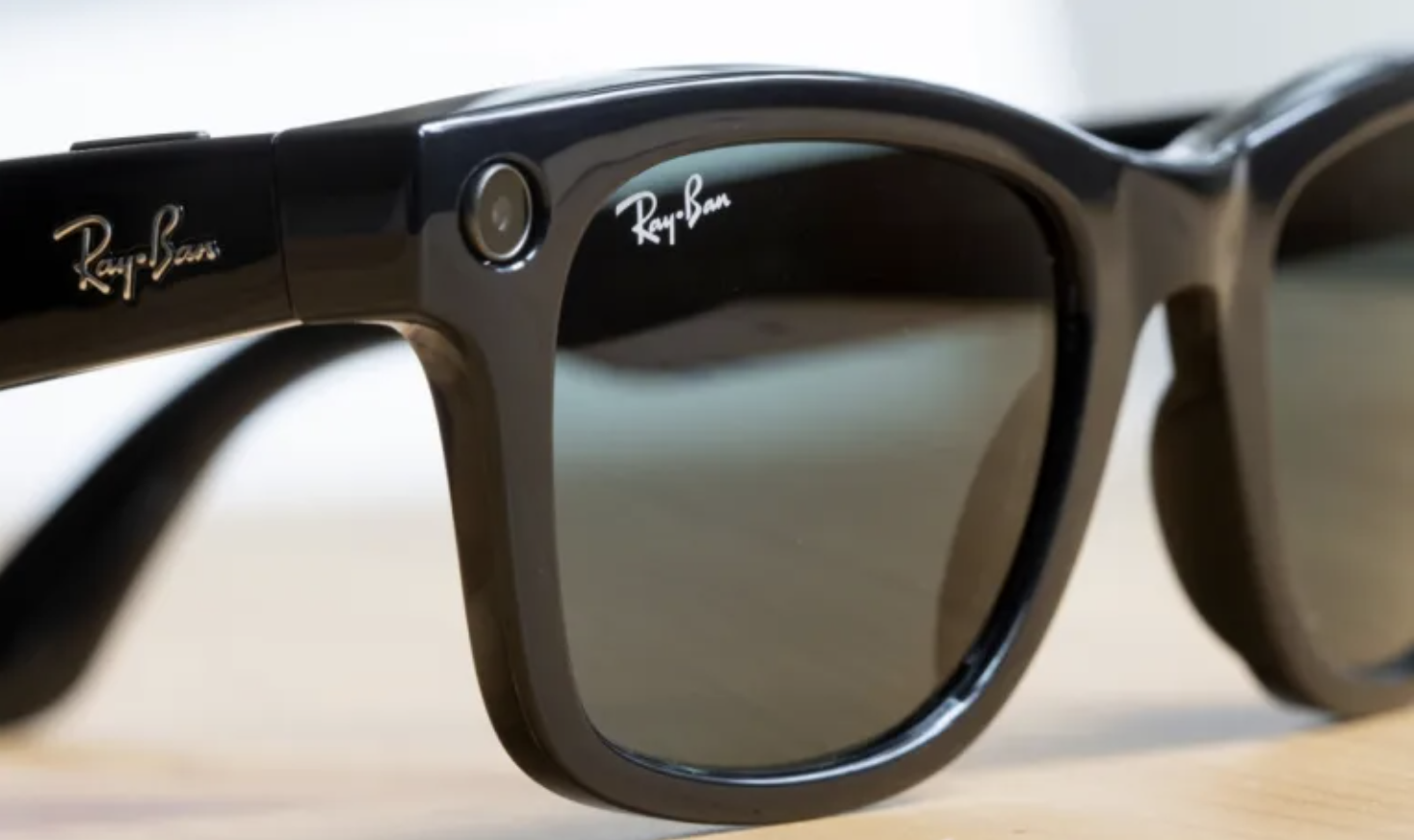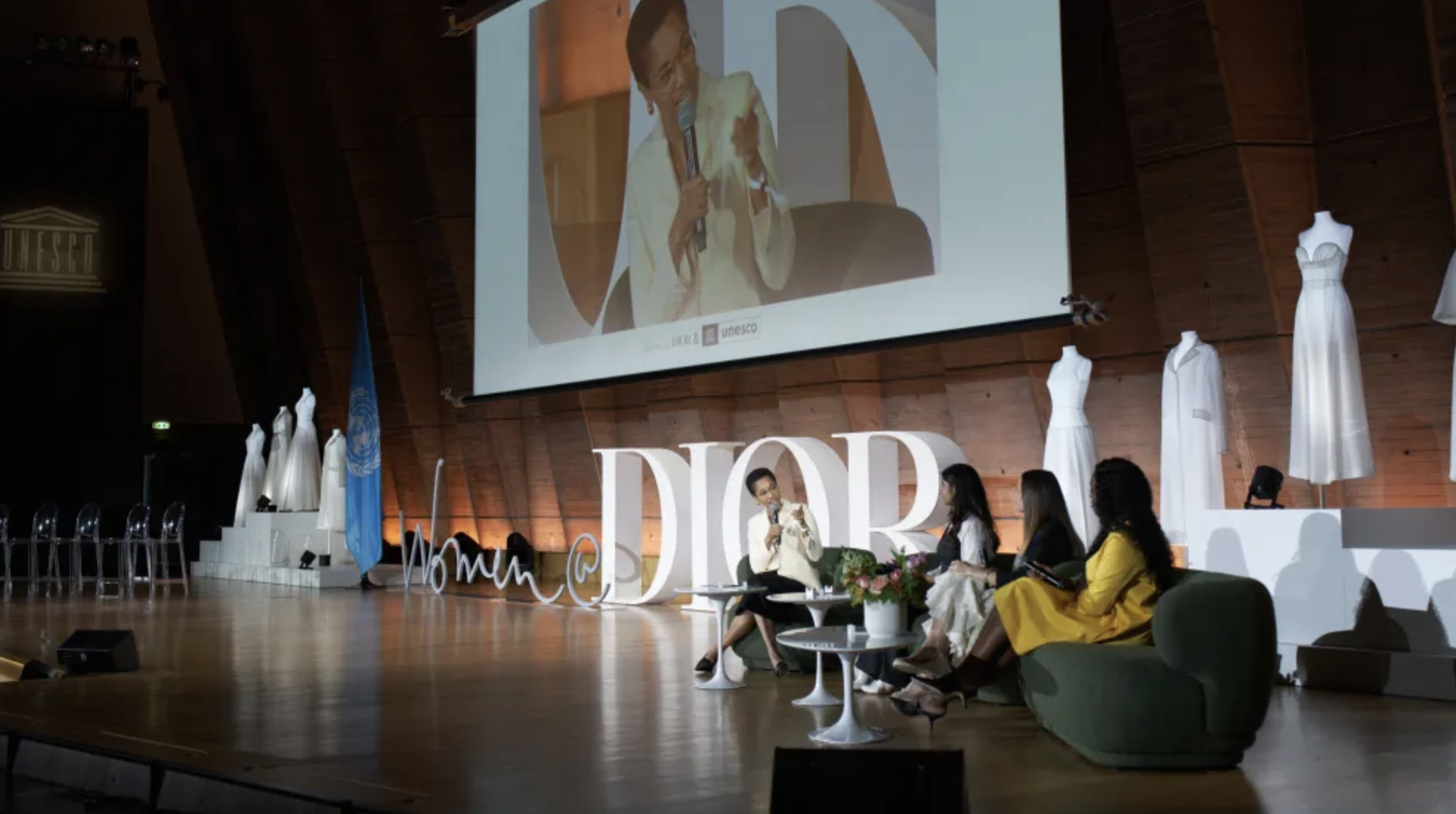The NFL has long projected an image rooted in tradition, masculinity, and legacy. But behind the gridiron spectacle, a quieter transformation is unfolding in the boardrooms: women are becoming a growing force in team ownership.
With the Indianapolis Colts now officially led by the three daughters of the late Jim Irsay, 12 of the league’s 32 teams currently count women as either controlling owners or significantly active stakeholders. This includes high-profile figures like Kim Pegula (Buffalo Bills), Dee Haslam (Cleveland Browns), and Denise DeBartolo York (San Francisco 49ers). Women now represent over 37% of top-tier ownership structures in the league - a substantial shift for a sport often perceived as slow to diversify.
This trend reflects a broader evolution. According to Forbes, the number of female sports team owners across all US leagues has increased by 30% since 2015. And it's not just in ownership - ESPN reports that 38% of NFL league office roles are now held by women, with over 50% of entry-level hires also female. These shifts suggest a growing pipeline of female leadership shaping the sport from multiple angles.
It’s a notable change in a league that didn’t see its first female owner until 1947, when Violet Bidwill inherited the then-Chicago Cardinals and became the first woman to win an NFL championship. Nearly eight decades later, the landscape remains uneven - but the influence of women in ownership is no longer an anomaly.
🏟️ NFL Teams with Female Ownership or Leadership (2025)
A record 12 of the 32 NFL franchises now include women as controlling owners or with major leadership roles. These include:
Indianapolis Colts - Carlie Irsay-Gordon (CEO), Casey Foyt (Executive Vice President), and Kalen Jackson (Chief Brand Officer) lead the team after their father’s passing.
San Francisco 49ers - Denise DeBartolo York has served as Co-Chair since 2001, continuing the DeBartolo family legacy.
Kansas City Chiefs - Sharron Hunt, daughter of founder Lamar Hunt, is an influential part-owner.
Cleveland Browns - Dee Haslam co-owns the team and plays a visible leadership role in operations and strategy.
Buffalo Bills - Kim Pegula is team President and CEO (currently on medical leave), a central figure in the team’s resurgence.
New Orleans Saints - Gayle Benson is the principal owner and also owns the NBA’s Pelicans.
Detroit Lions - Sheila Ford Hamp has been principal owner since 2020 and is part of the Ford family legacy.
Las Vegas Raiders - Carol Davis, widow of Al Davis, maintains control alongside her son Mark Davis.
Tampa Bay Buccaneers - Glazer family co-ownership includes daughters with active roles in franchise oversight.
Tennessee Titans - Amy Adams Strunk has served as controlling owner since 2015 and has prioritised operational consistency.
Seattle Seahawks - Jody Allen became team owner after her brother Paul Allen’s death and manages multiple team assets.
Denver Broncos - Carrie Walton Penner and Mellody Hobson are key members of the Walton-Penner ownership group.
🔍 Is Women’s Leadership Driving Revenue?
NFL as a whole generated over $23 billion in revenue in the 2024 fiscal year, with nearly 9% growth year-over-year .
Some franchises with female leadership are among the highest-valued teams:
The 49ers were valued at around $8.5 billion during their latest deal
The Chiefs hold a valuation of $4.85 billion
The Raiders stand at $6.7 billion
Balance-sheet impact: Under NFL rules, teams receive shared media revenue (~$400M+ per team annually), and this distributed revenue accounts for the majority of franchise income. Having women in ownership ensures they benefit directly from this steady revenue stream.
Brand and fan alignment: Women make up 46% of NFL fans; visible female leadership can strengthen fan engagement, reaffirms brand trust, and support merchandising growth.
🧠 Key Takeouts
12 of 32 NFL franchises now have women in major ownership roles - a historic milestone
These teams include several of the league’s most valuable franchises - e.g. 49ers, Chiefs, Raiders.
While individual impact data is limited, shared revenue models ensure all owners, including women, benefit from NFL commercial success.
Female leadership aligns with a fanbase that's nearly half women - enhancing potential brand equity and loyalty.
🔎 Next Steps for Brand Marketers
Partner with teams led by women, tapping into their brand credibility and fan resonance.
Activate storytelling around diverse ownership in campaigns, particularly when targeting female fans.
Review sponsorship strategies, recognising that leadership diversity can be a differentiator in the market.
Track future data releases: aim to benchmark commercial impact on women-led teams compared to league averages.

























